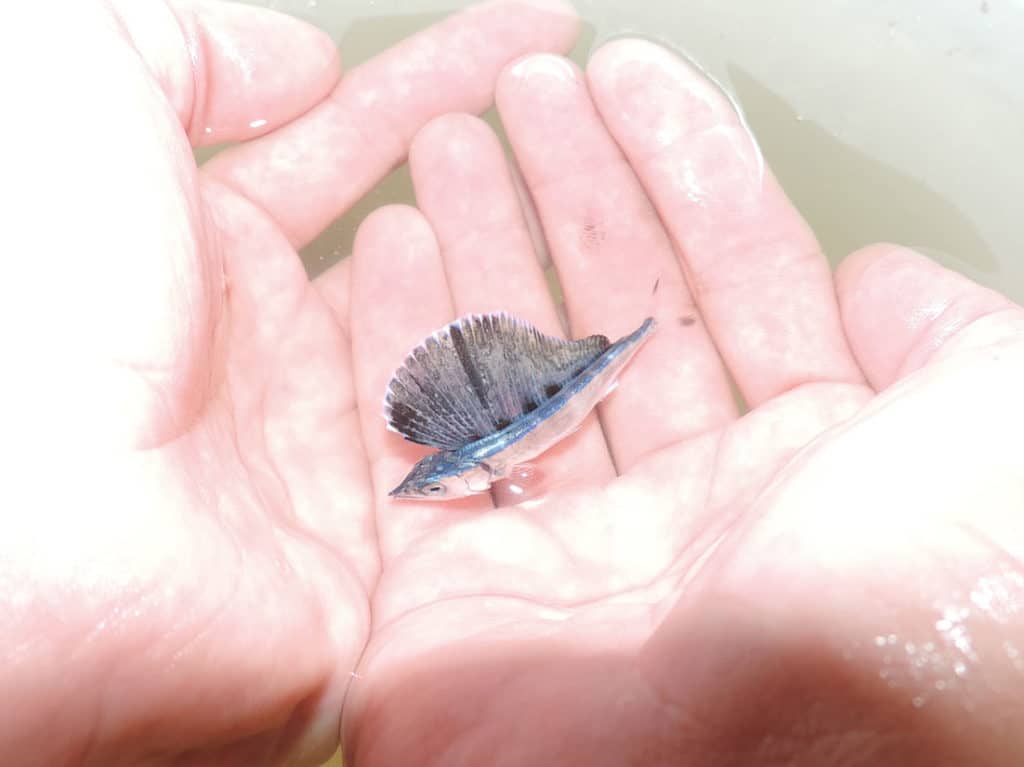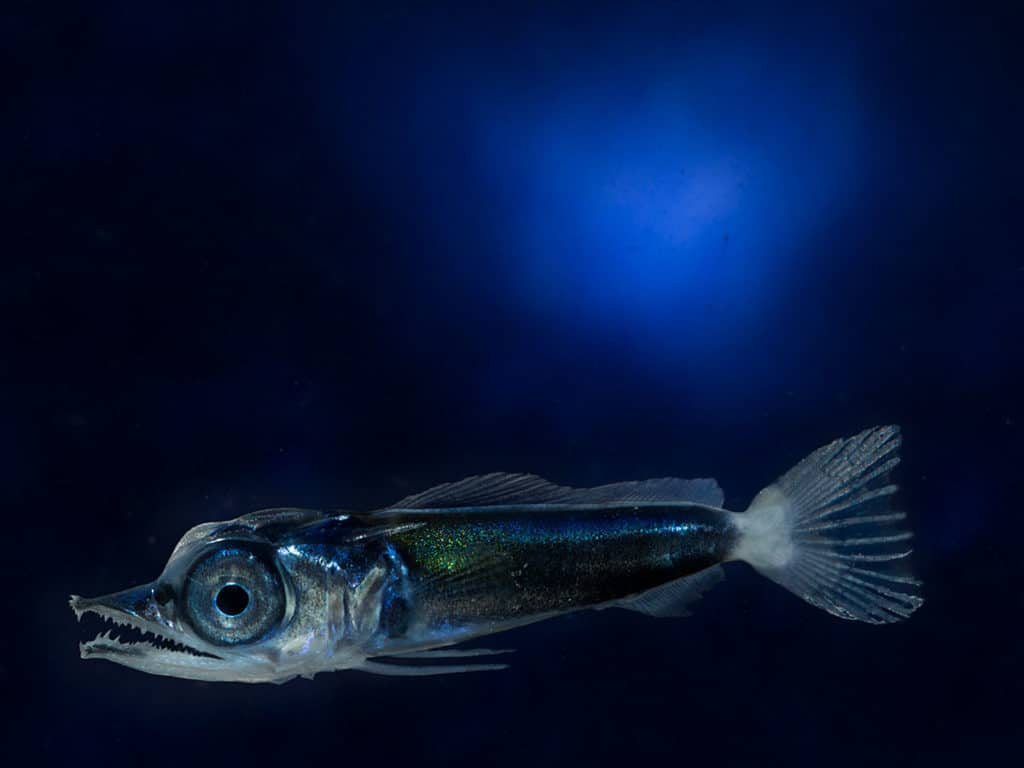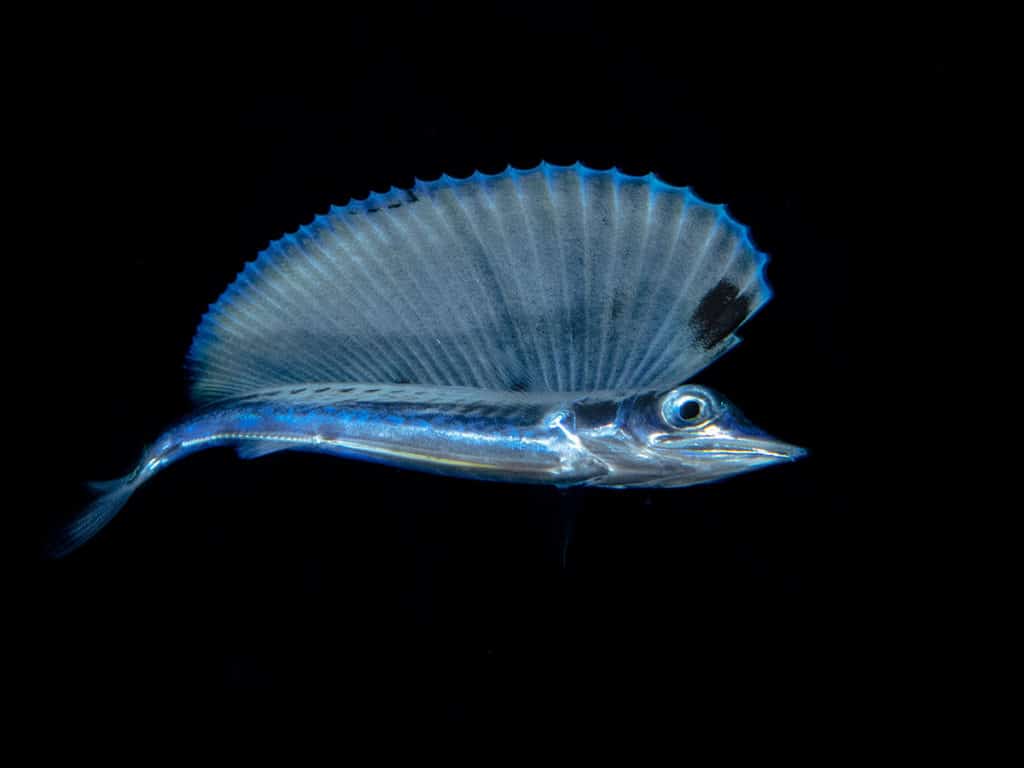
The life history of most game fishes is pretty amazing. Although some species may grow to more than 1,000 pounds, all begin life as one of millions of eggs the size of a small grain of sand floating about an ocean full of tiny predators, following a full-moon spawning session. Of those millions, thousands may be fertilized, but of those thousands fewer than 100 will survive past the larval stage.
They feed on tiny plankton, but are also fed upon by slightly larger planktonic predators. It is indeed a jungle out there in the open ocean. Growth, for the few that live, is rapid. Most larval forms of game and food fishes bear little or no resemblance initially to adults, often very different in shape and color, recognizable only to experts. They may resemble elaborate insects as much as fish.
As they grow into small juveniles, often characterized by oversized eyes, the babies begin to gradually take on more of the characteristics of larger, older fish. Few anglers ever get the chance for a close-up and personal look at game fish not much longer than a cherry tomato, so in this ongoing series of “microscopic monsters,” we’ll offer a rare look at a mini version of a species most of us see as only adult fish.
Blue Marlin Fry and Fingerlings

A week or so after fertilization, this little fellow began to grow, quickly reaching a half-inch or so in the Pacific Ocean, where photographer Doug Perrine put it in the crosshairs of his macro lens. Fortunately, marlin lose the “baby teeth” that make the tiny fish seem a bit vicious, or marlin enthusiasts would be fishing with wire leaders! The huge eye will soon become more proportionate and the big, clear, truncate (flat) tail of course gives way gradually to a hard, opaque forked caudal fin.

After a few days, the larval form may reach 1 ½ to 2 inches. While any sign of a bill is yet to come, an oversized dorsal fin has developed, a fin which will gradually become much smaller as the juvenile stage grows. Michael Patrick O’Neill took this photo on a blackwater night dive in the Atlantic seven miles off South Florida.









